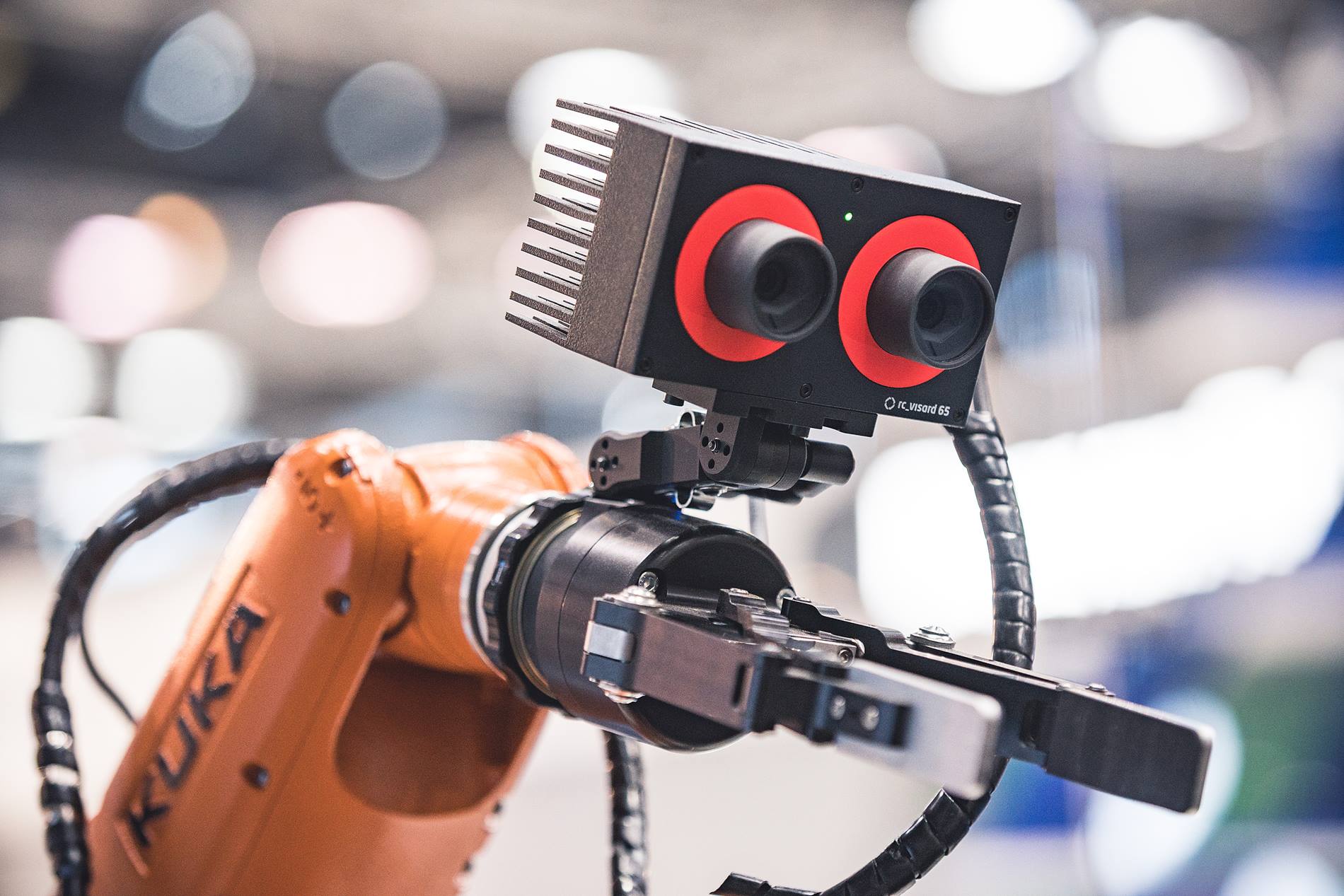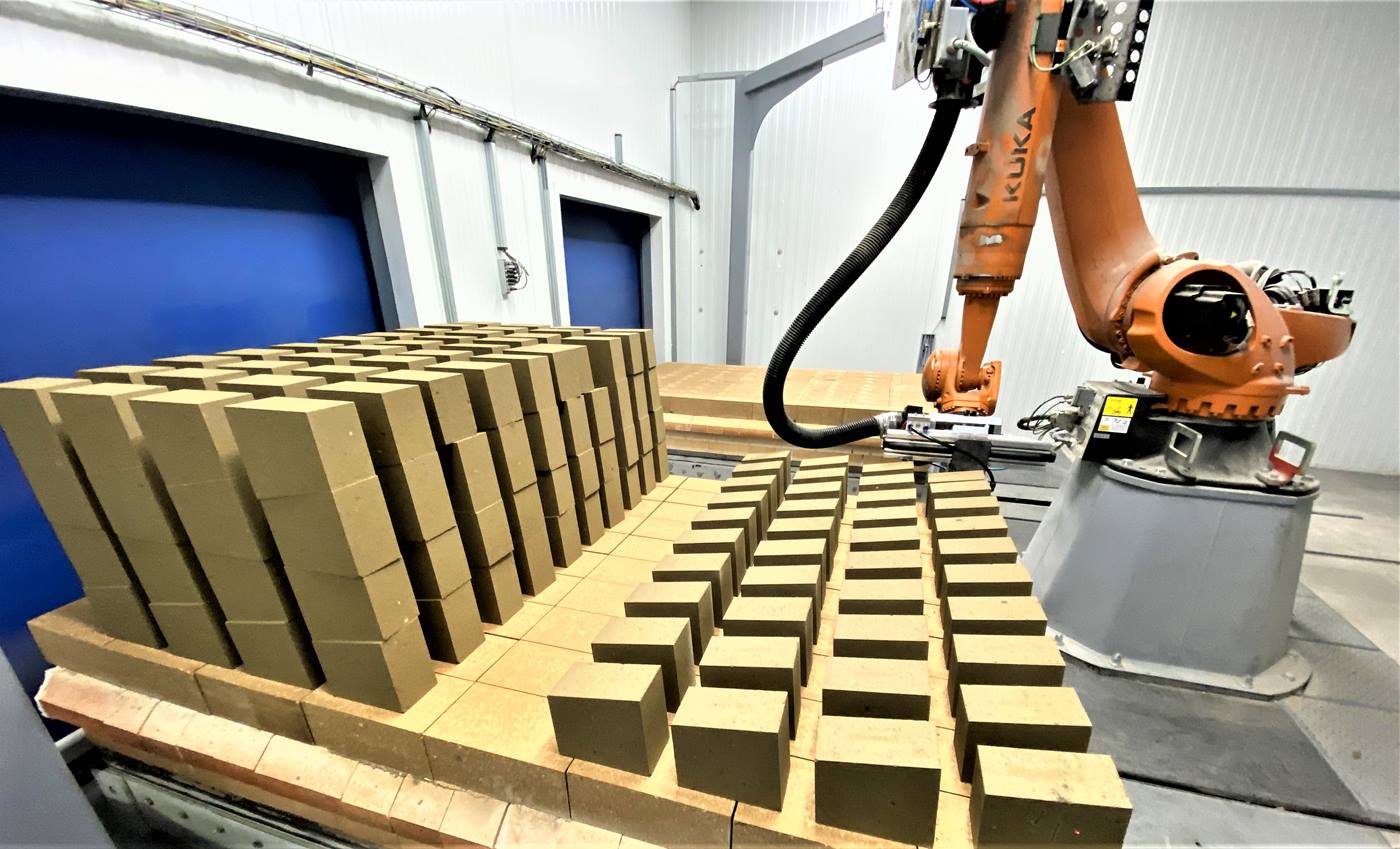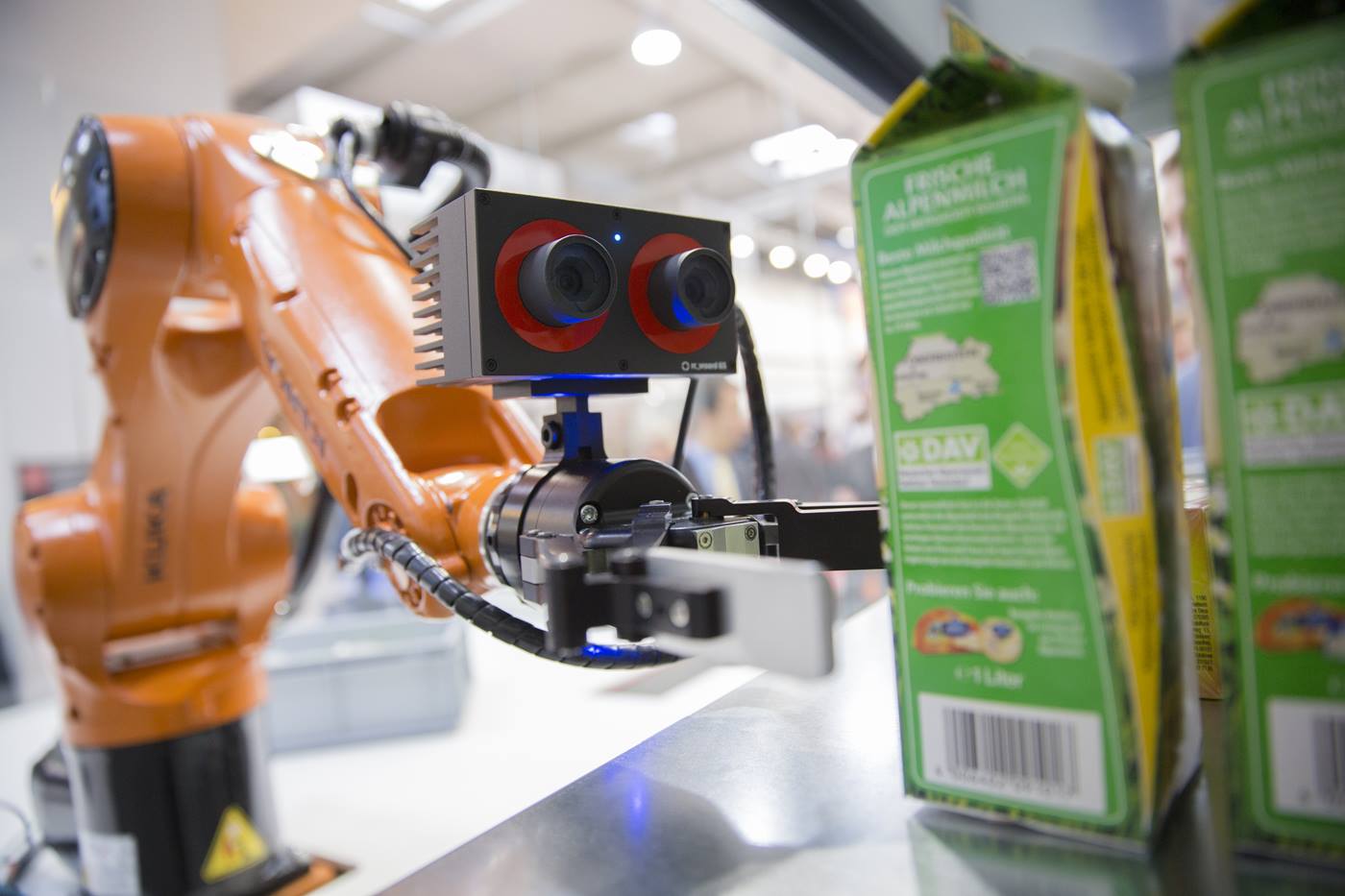
More flexible thanks to 3D Sensors, AI & Co.: Seeing KUKA Robots stack kiln bricks
Robotics and automation are finding their way into more and more areas of industry, SMEs and the skilled trades.
22 settembre 2021
The demand for seeing robots, i.e. the use of camera technology on industrial robots, is increasing. Cameras make robots flexible. End customers can thus cope with the enormous diversity of variants in their production. "There are up to 100 different variants of kiln bricks," said Christian Kautenburger, Managing Director of Kautenburger GmbH, as part of the latest edition of KUKA's virtual press event series "For a coffee with...". In cooperation with the Munich-based company Roboception and the Augsburg-based automation specialist KUKA, the medium-sized company has developed a solution for a Spanish customer to stack and depalletize a wide variety of kiln bricks on kiln cars and pallets. Software modules and sensors from Roboception and robots from KUKA were used. "At first glance, the stack of kiln bricks looks very orderly. But the transport route to the kiln and the shrinkage behavior of the bricks in the kiln make it necessary to use camera technology, because the position of the bricks cannot be defined precisely enough for the robot alone," explained Kautenburger.
Camera technology as the basis for machine learning
As is so often the case when it comes to solutions with robots, millimeters matter. The suction pad must be placed exactly in front of the stone so that the robot can grip it securely. "This example shows the advantages of using cameras on the robot," said Dr. Michael Suppa, CEO and co-founder of Roboception, giving a preview of how relevant camera technology is to the world of automation. "We can use it to increase through-put and safety in handling. The robot becomes more flexible. There is no longer a need to program in every movement down to the smallest detail." Last but not least, the use of camera technology is the basis for machine learning, the most relevant area of artifi-cial intelligence for Roboception, he said.

Automation attractive even for micro-enterprises
"The system consisting of camera and robot was very easy for us to put into operation. This simplicity naturally helps more inexperienced users from the midmarket to think more about automation," says Kautenburger. His customers are currently facing two challenges: Cost pressure and a shortage of skilled workers. Automation helps to bring production back home and to be able to produce economically there. "I observe that even the smallest companies, for example in the field of machining or component de-burring, are thinking about using robots. The seeing robots are the target of quite a few in this regard."

